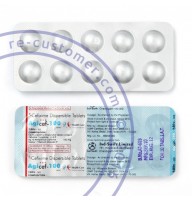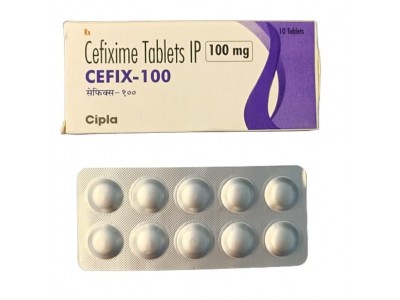Cefixime is an antibiotic used to treat a variety of bacterial infections. It belongs to the cephalosporin class of antibiotics and works by inhibiting the formation of bacterial cell walls, which leads to the death of the bacteria. Cefixime is commonly prescribed for the following conditions:
Upper Respiratory Tract Infections: Such as pharyngitis, tonsillitis, and otitis media (middle ear infections), especially those caused by Streptococcus pyogenes and Haemophilus influenzae.
Lower Respiratory Tract Infections: Including acute bronchitis and exacerbations of chronic bronchitis.
Urinary Tract Infections (UTIs): Effective against common urinary pathogens like Escherichia coli and Proteus mirabilis.
Uncomplicated Gonorrhea: Used to treat infections caused by Neisseria gonorrhoeae.
Skin and Soft Tissue Infections: Such as cellulitis and abscesses caused by susceptible bacteria.
Cefixime is usually taken orally, either in tablet form or as an oral suspension. The dosing regimen varies depending on the type and severity of the infection, as well as the patient's age and kidney function. For adults, the typical dose is 400 mg once daily or 200 mg twice daily. It's crucial to complete the entire course of the antibiotic as prescribed, even if symptoms improve before the medication is finished, to ensure the infection is fully eradicated and to prevent the development of antibiotic-resistant bacteria.
Always use cefixime under the guidance of a healthcare provider, who will determine the appropriate dosage and duration based on the specific infection and individual patient needs.

